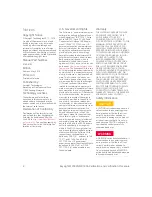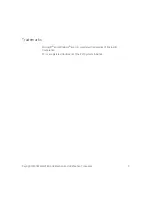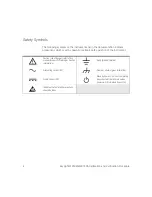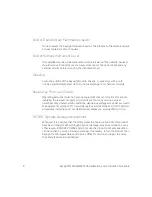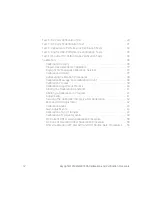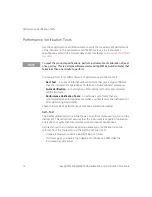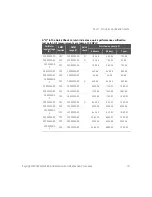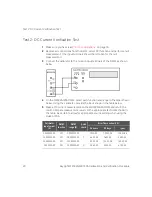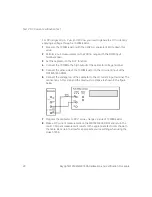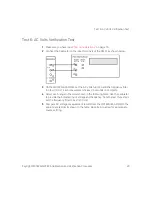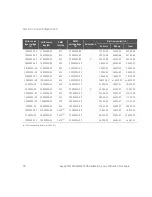
Input Connections
16
Keysight M9182A/M9183A Calibration and Verification Procedure
Input Connections
Shielded, twisted–pair, Teflon interconnect cables of minimum length are
recommended between the calibrator and the multimeter. HI and HI Sense should
be connected with one twisted pair, and LO and LO Sense should be connected
with another. Cable shields should be earth ground referenced. This configuration
is recommended for noise reduction and settling time performance during
calibration
Test Considerations
Errors may be induced by AC signals present on the input leads during a self–test.
Long test leads can also act as an antenna, picking up AC signals.
For optimum performance, all procedures should comply with the following
recommendations:
– Ensure that the calibration ambient temperature (Tcal) is stable and between
18 and 28 °C. Ideally the calibration should be performed at 23 °C ±2 °C.
– Ensure ambient relative humidity is less than 80%.
– Allow a 60 minute warmup period with a copper short connected to the
voltage input terminals.
– Use shielded twisted pair, Teflon–insulated cables to reduce settling and noise
errors. Keep the input cables as short as possible.
– Connect the input cable shields to earth ground. Except where noted in the
procedures, connect the calibrator LO source to earth ground at the calibrator.
It is important that the LO to earth ground connection be made at only one
place in the circuit to avoid ground loops.
– Set the DMM to 32 PLC’s for all verification measurements on functions unless
otherwise noted in the verification or calibration process.
Because the instrument is capable of making highly accurate measurements, you
must take special care to ensure that the calibration standards and test
procedures used do not introduce additional errors. Ideally, the standards used to
verify and adjust the instrument should be an order of magnitude more accurate
than each instrument range full scale error specification.

